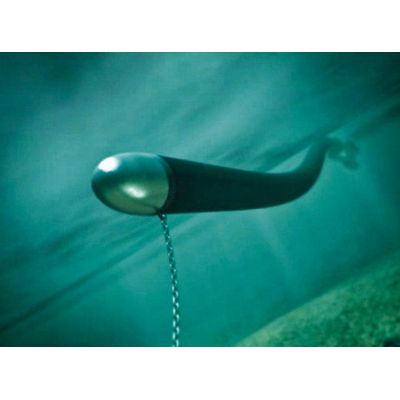

- Home
- Companies
- Checkmate Seaenergy Limited
- Products
- Anaconda Technology

Anaconda Technology
Anaconda uses an entirely new way of harvesting wave energy:
- Wave energy occurs due to movements of water near the surface of the sea. Waves are formed by winds blowing over the water surface, which make the water particles adopt circular motions. This motion carries kinetic energy; the amount of which is determined by the speed and duration of the wind, the length of sea it blows over, the water depth, sea bed conditions and interactions with the tides.
- Waves only occur in the volume of water closest to the water surface, whereas in tides, the entire water body moves from the surface to the sea bed.
- In tides, the energy is due to a net movement of water, but in waves, the water acts as a carrier for energy, moving it in some directions, but it does not undergo a net movement itself.
- Waves are formed by the wind. The stronger the wind and the longer the distance over which it blows, the larger the waves and the more energy they carry. For this reason waves on the west coast of the UK tend to contain more energy than the east coast.
Essentially, it is a very large water filled distensible rubber tube floating just beneath the sea surface at right angles to the waves, with a power take off at the stern. As a wave passes the bulge tube is lifted with the surrounding water and causes a bulge wave to be excited which passes down the tube’s diameter like a pulse in an artery, gathering energy from the sea wave as it goes.
Continuous energy gathering results from resonance between the bulge wave and the sea wave. Energy from the sea wave is stored in the rubber as it stretches. The bulge wave travels just in front of the wave rather like a surfer, picking up energy as it progressively increases in size. At the end of the tube the bulge wave energy surge drives a turbine in the power take off after the flow has been smoothed.
